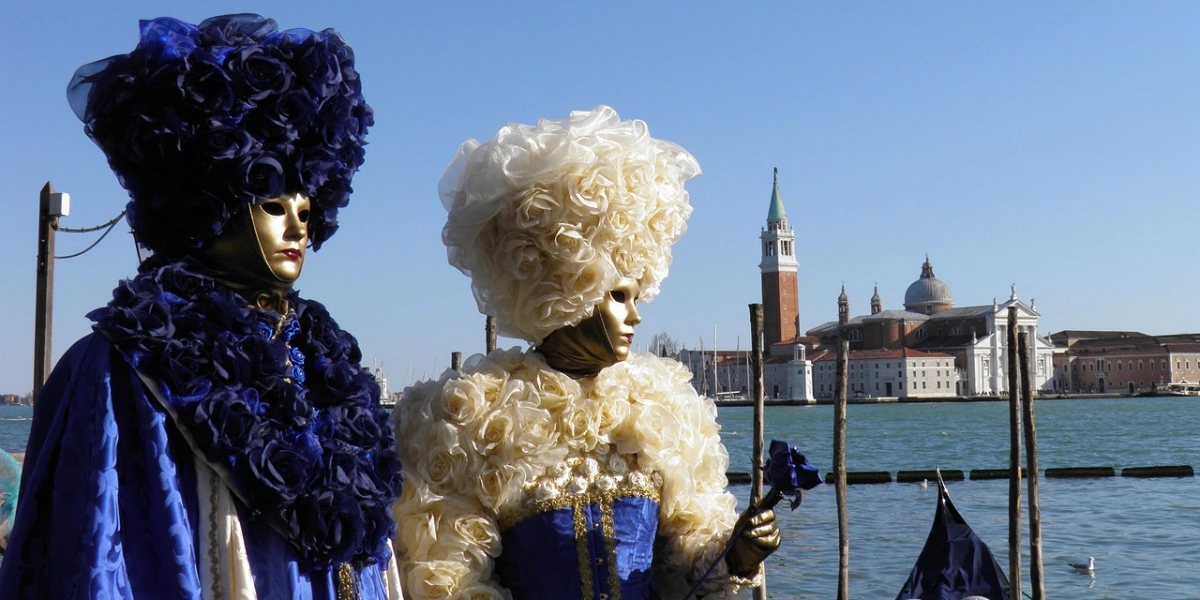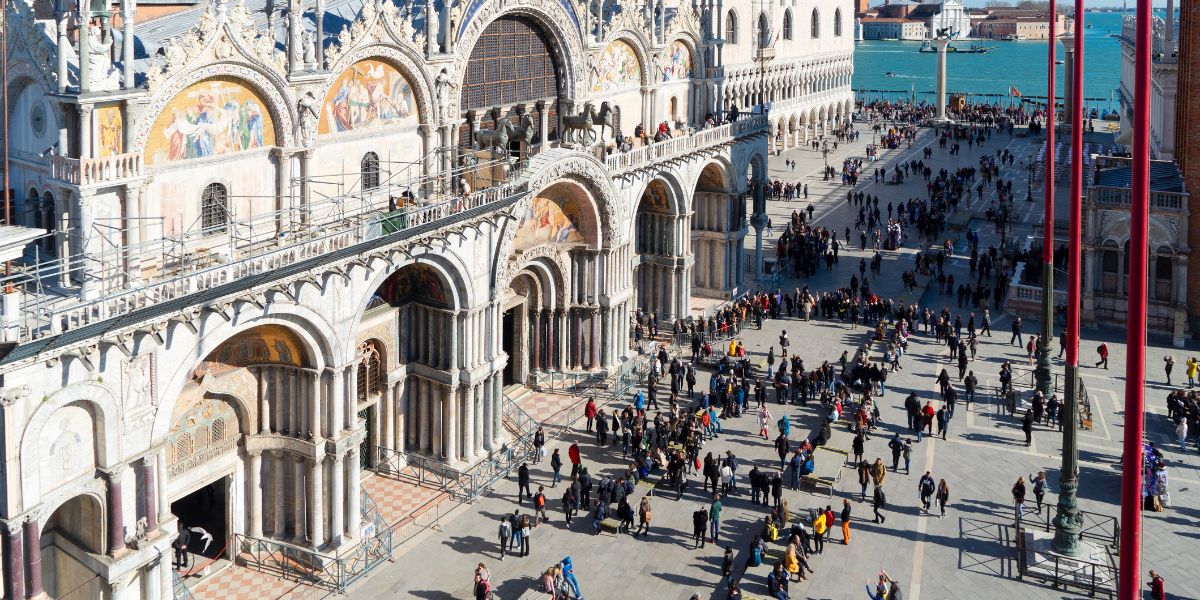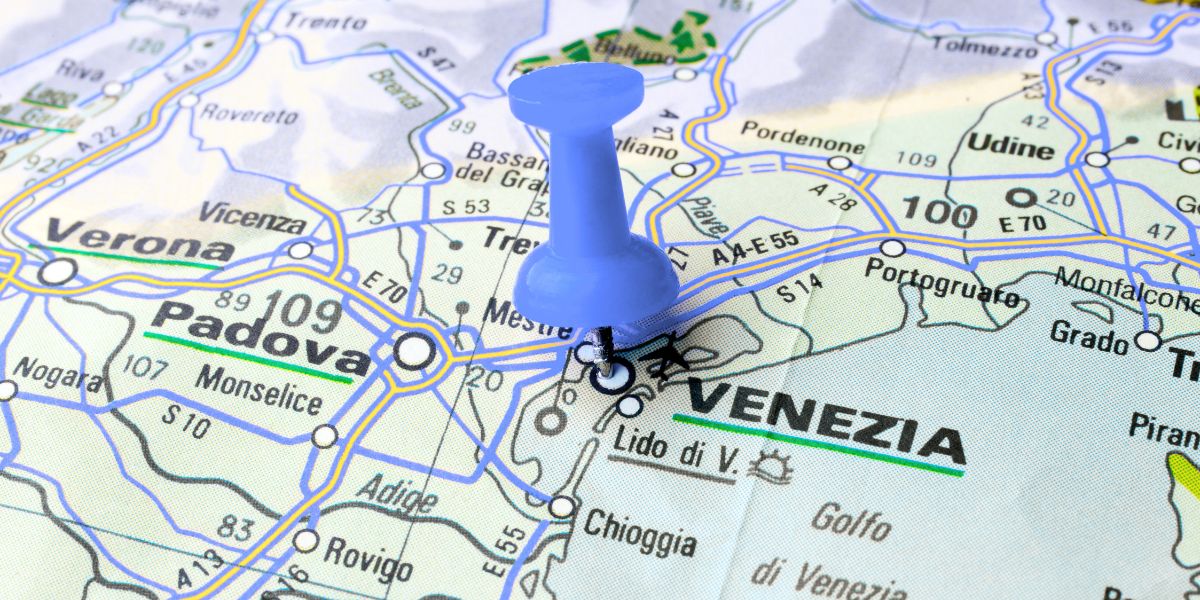Venice Carnival: history, masks and authentic experiences

The magic of Carnival
The Venice Carnival is more than just an event: it is a blend of art, history and everyday life that turns the lagoon city into a unique open-air stage. Calli fill with colorful costumes, squares become open-air theaters, and the atmosphere is charged with magic, suspended between past and present. There is no better time to discover the city with fresh eyes, letting yourself be surprised by its hidden gems and curious corners.
A brief history of Carnival
The origins of Carnival date back to the Middle Ages, when the Serenissima Republic granted its citizens a period of celebration and freedom before Lent. The 18th century marked its golden age: Venice was the capital of European entertainment, with balls, theaters and masquerades attracting nobles and travelers from all over the continent. After the fall of the Republic, Carnival was interrupted, but in the 1980s it was revived, once again enchanting millions of visitors every year.
Iconic masks and symbols
Venetian masks are more than disguises: they are symbols that tell the story of the city’s culture and society.
- The Bauta: a white mask with a black hood and tricorn hat, once used to conceal identity and social status.
- The Moretta: an oval black mask held in place by biting a button, a symbol of silence and mystery.
- The Plague Doctor: with its long beak, originally designed as protection during epidemics, it has become the emblem of Venice’s most theatrical Carnival.
Main events
The Carnival calendar is rich and varied, with highlights that attract thousands of visitors each year.
- The Flight of the Angel: the symbolic event that opens Carnival. From the bell tower of St. Mark’s, a masked figure “flies” suspended on a rope to the center of the square. Its origins date back to the 16th century, when a Turkish acrobat managed to reach the bell tower by walking on a tightrope, giving rise to the legend.
- The Water Festival: a night parade on the Grand Canal that inaugurates Carnival with illuminated boats, light shows and music. It is one of the most evocative and photographed moments of the entire celebration, combining water, reflection and creativity in a dreamlike atmosphere.
- The Best Mask Contest: held daily in St. Mark’s Square, where participants parade on stage to be judged for originality and elegance. It’s the perfect opportunity to admire both traditional costumes and the most imaginative creations.
Practical tips for enjoying Carnival
Carnival brings large crowds, and good organization makes the experience much smoother.
For vaporetti: at peak hours the main Grand Canal lines (1 and 2) are often overcrowded. Instead, consider lines 5.1 and 5.2, preferred by Venetians, which quickly connect Piazzale Roma, Ferrovia and key lagoon stops without always going through the Grand Canal. For the islands, leave early in the morning to avoid long waits.
Alternative routes: instead of always crossing through Rialto or St. Mark’s, choose parallel streets. From Piazzale Roma you can reach St. Mark’s via Dorsoduro and the Accademia: slightly longer but much smoother and more scenic. If you want to photograph masks without the crowds, go in the early morning or in the evening, when the light is more suggestive and the crowds thin out.
Small tips: walk on the right-hand side of all calli, avoid stopping on bridges, and let handcarts pass. Wear comfortable shoes and a waterproof layer: winter weather can change quickly.
Carnival beyond St. Mark’s Square
St. Mark’s is the heart of the festival, but not the only stage.
Cannaregio, along the Fondamenta della Misericordia, combines masks and neighborhood life with bacari, street food and live music. In Dorsoduro, between the Accademia and Campo Santa Margherita, Carnival reveals its artistic soul through exhibitions, workshops and creative performances that involve locals and visitors alike. Even the islands celebrate: Murano with its glass furnaces, Burano with its colorful houses and lace, and Giudecca with cultural events that blend tradition and modernity. Each place offers a more intimate and authentic version of the Venetian Carnival, far from the crowds yet rich in atmosphere.
An ideal stay during Carnival
Choosing a convenient base means enjoying Carnival with less stress. Staying a few minutes’ walk from Piazzale Roma and Santa Lucia station makes it easier to move between crowded streets, vaporetti and airport shuttles.
In this sense, Albergo Marin combines convenience and tranquility: close to the main hubs but located in a quiet area, it’s the perfect place to return after a day among masks, music and celebrations.
Here, comfort meets authenticity — just what you need to experience Venice’s most magical time of the year at your own pace.



